Onesie's Odd Job - Instruction Ideas
1.
Read the book to introduce the concept of even and odd numbers
Let the students enjoy the story, and gain understanding of the concept of even and odd numbers. Have the students respond to Onesie’s thought provoking questions. If you have the the ability, project the ebook and turn a 18 in. X 11 in. spread to a 6 ft x 4 1/2 ft spread.

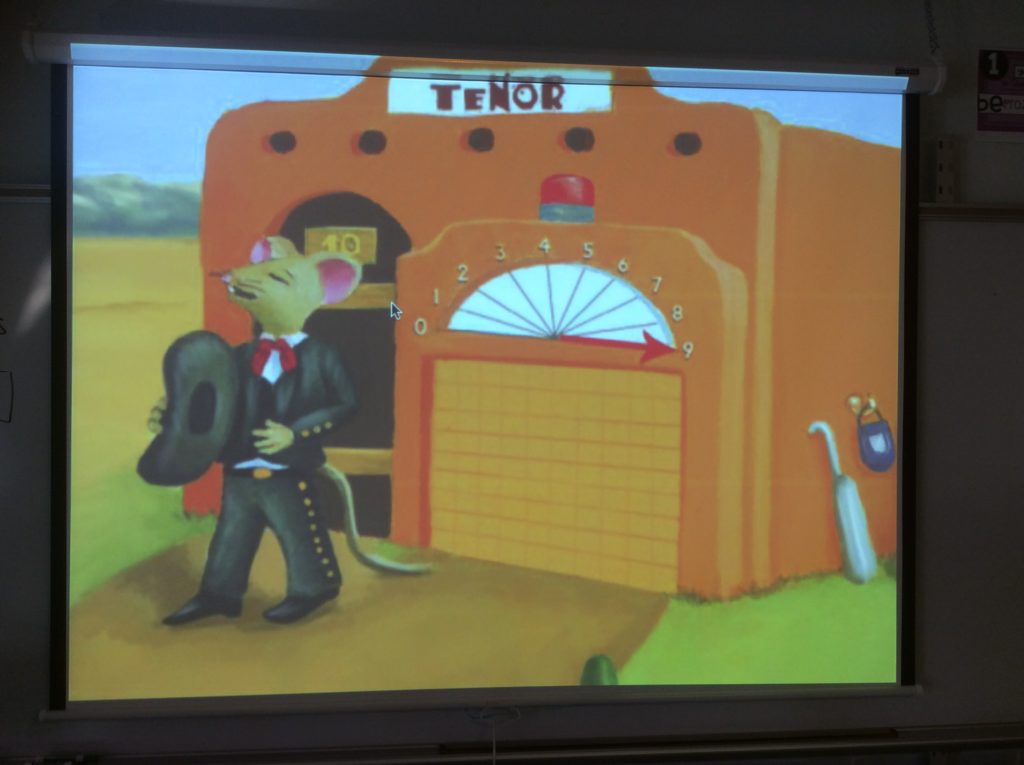
2.
Model 999 and other numbers as even or odd with base ten blocks and/or with drawings of base ten blocks
Use base ten blocks and tongue depressors/popsicle sticks as even/odd sticks to model 999. The connecting base ten blocks work great, but if you don’t have any, tape a pair of five longs together and a pair of five cubes together.
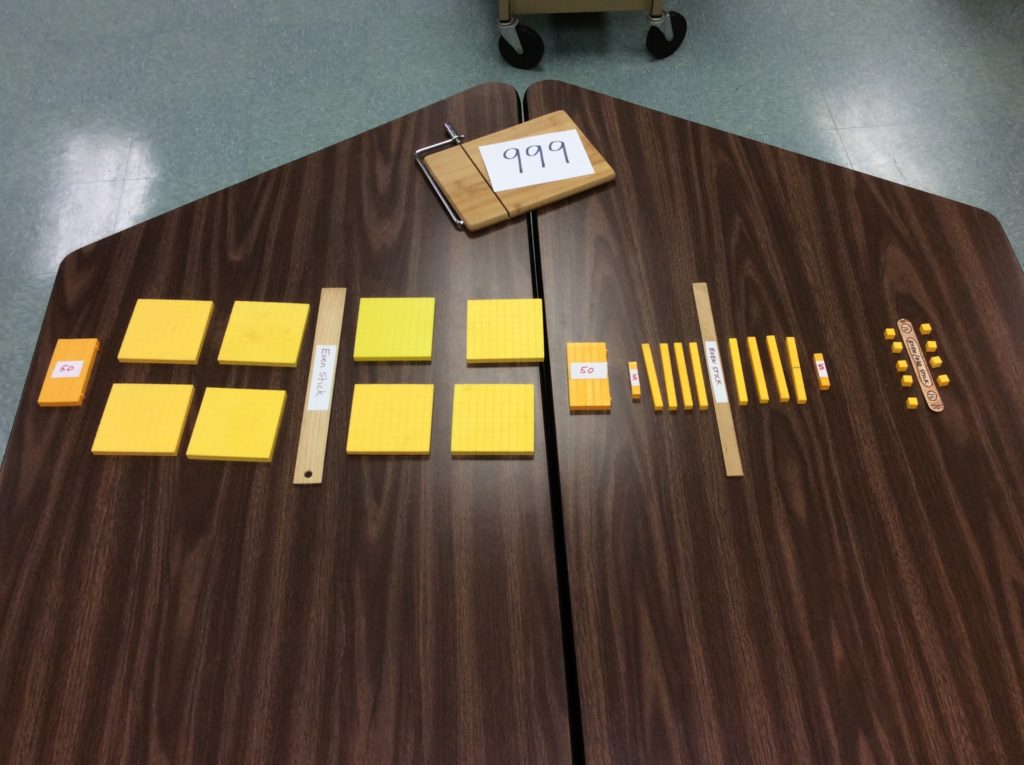
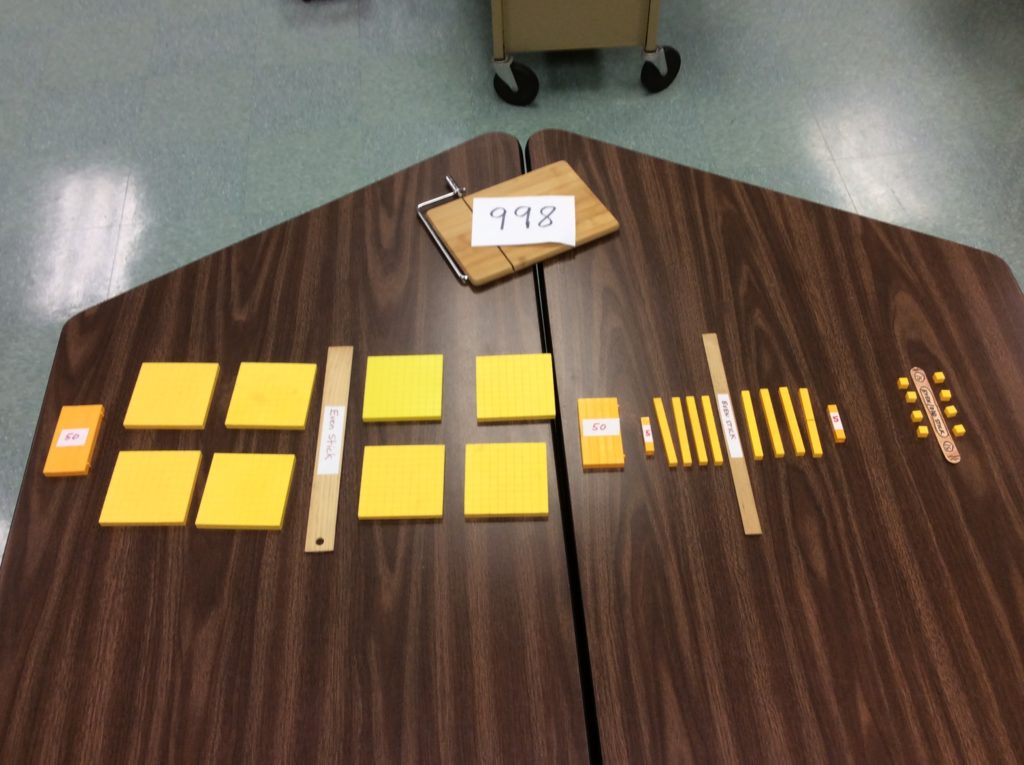
3.
Have students complete the "Even or Odd Activity" on pg. 32 of the book
The “Even or Odd Activity” gives the students an opportunity to practice determining if various numbers are even or odd. Students will realize that no matter how big the number is, it is the value in the ones place that determines if a number is even or odd.
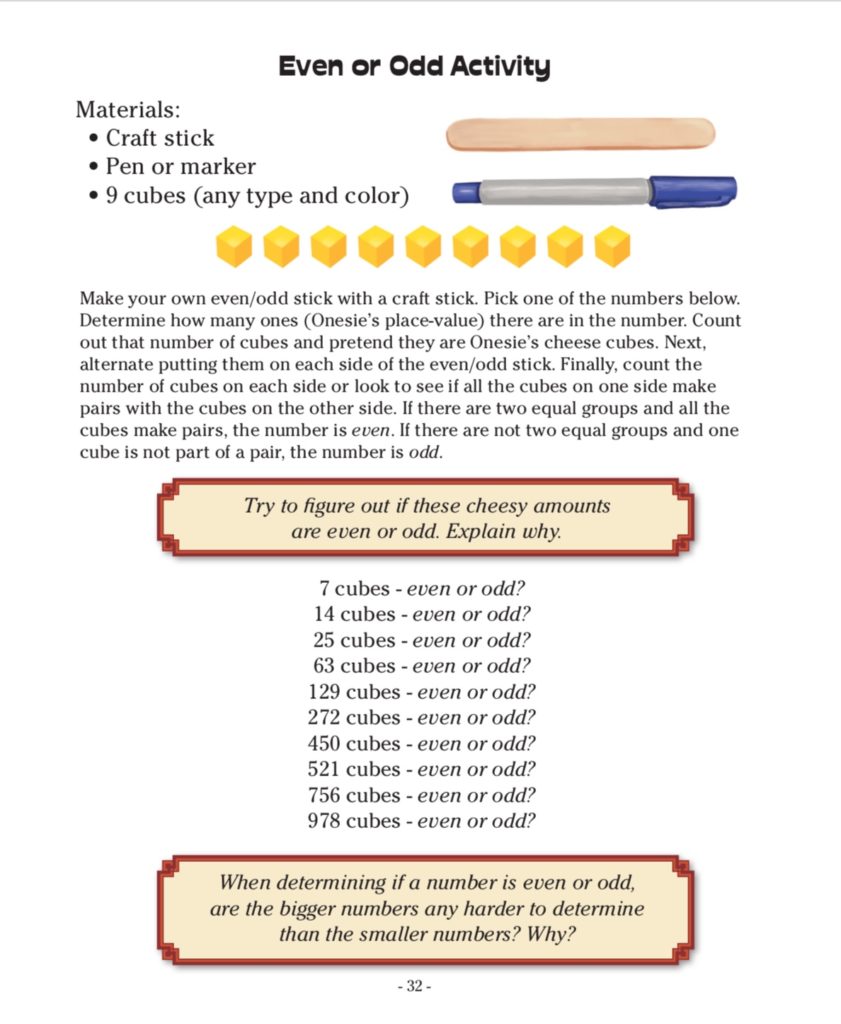
4.
Have students complete the "Classroom Census"
The “Classroom Census” has students count the number of girls, boys, and students and determine if each of those numbers are even or odd by drawing a picture.
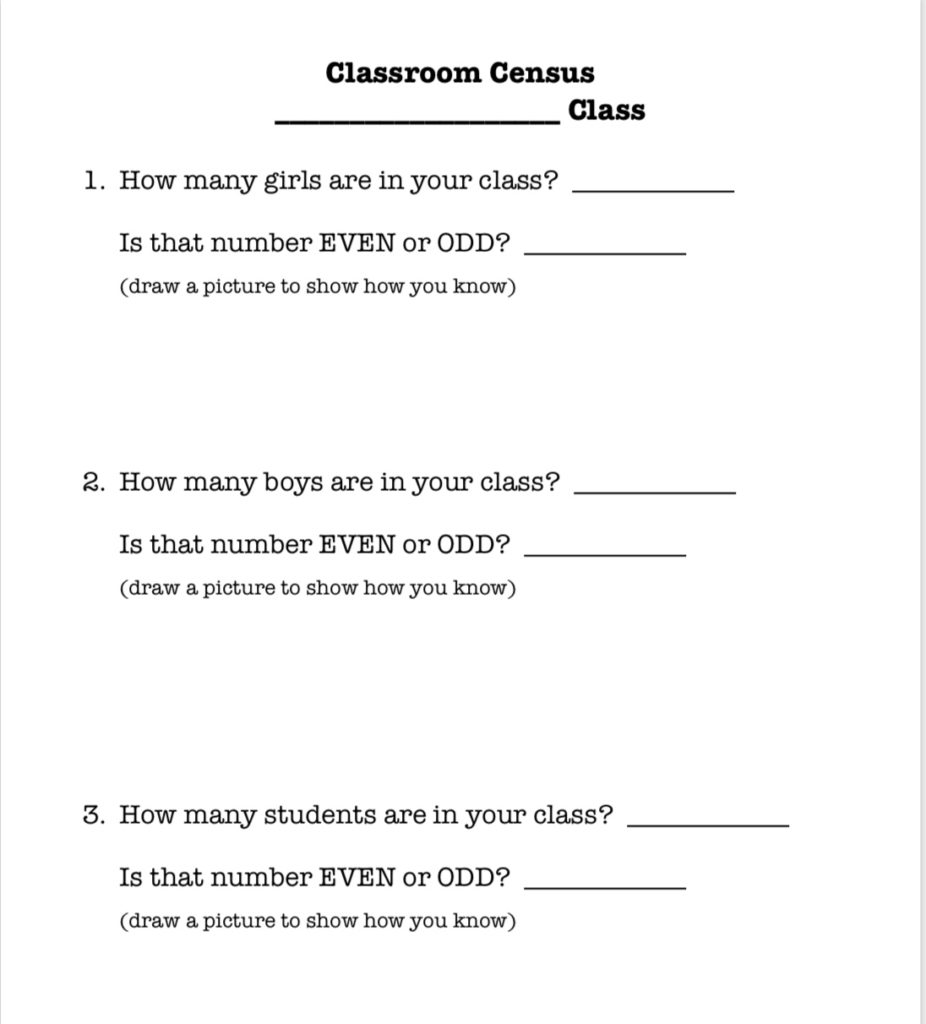
5.
Have students complete the "Smiles and Laughs" graphs
Similar to the graphs on pgs. 12 & 13, the graphs allow students to work with a bar graph and a line plot. Students make up their own data inferring how Onesie would behave the days following his discovery of his “Odd Job”.
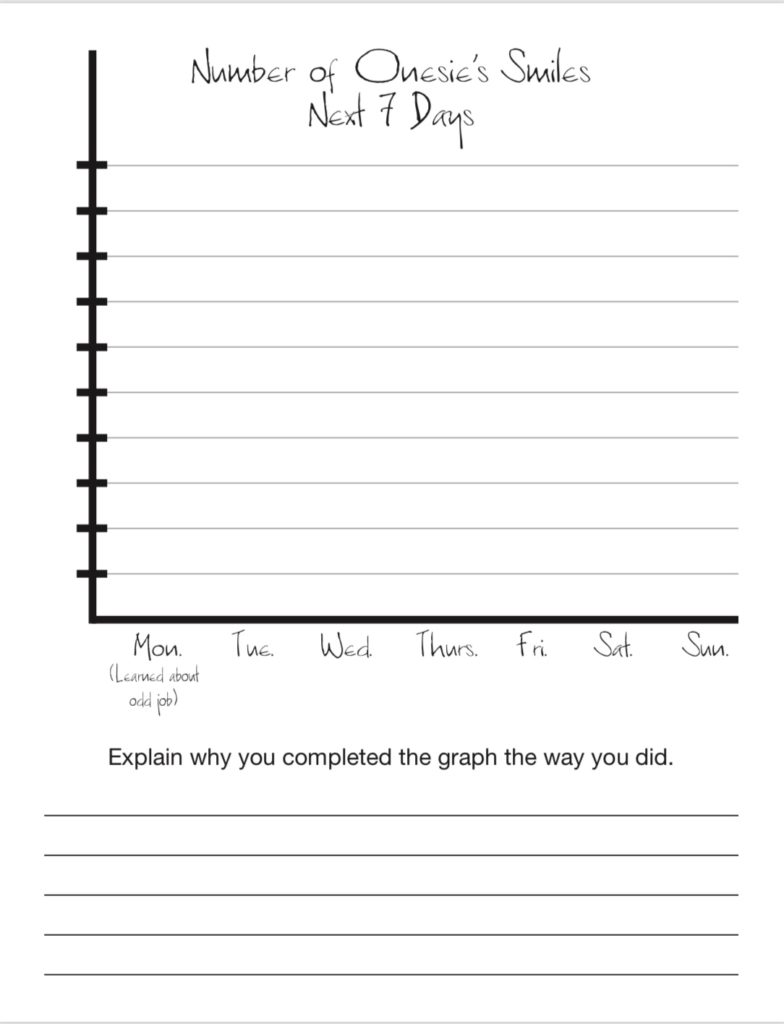
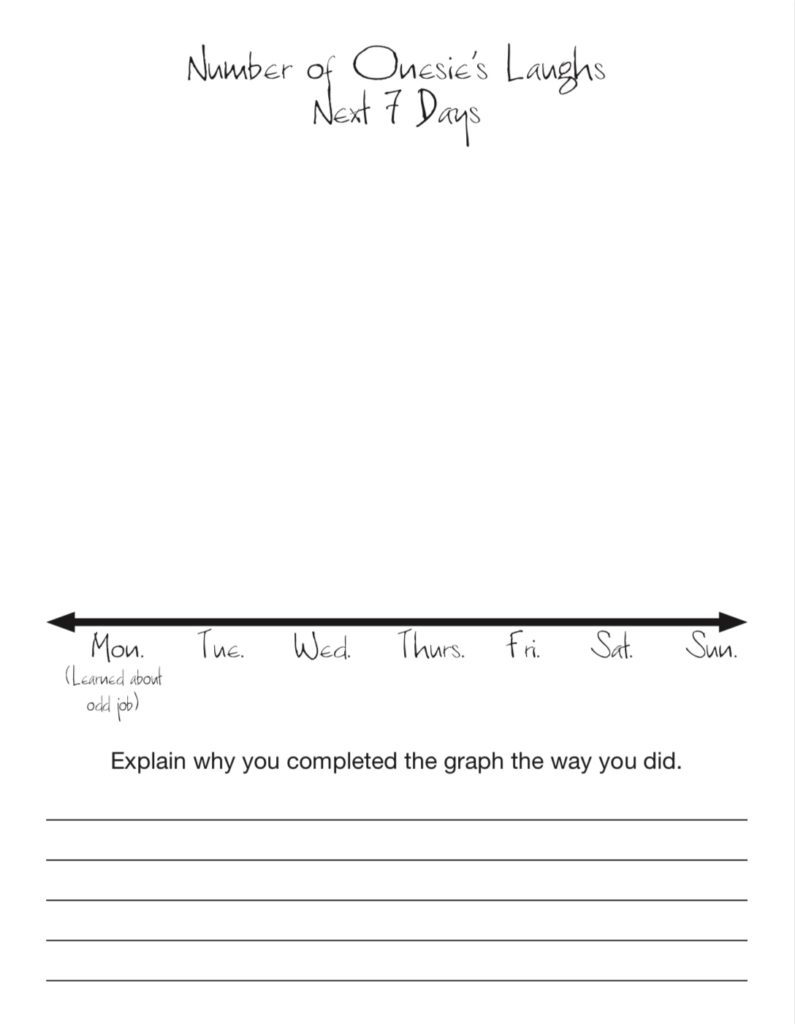
Take a look at the effect reading the book and completing an even or odd activity had on student learning
SLIDESHOW BELOW
Students in grades 3-5 in a Western New York elementary school were given a Pre-test on even and odd numbers. Then the teacher read Onesies Odd Job to the students and followed up the reading with the “Even and Odd Activity” on page 32 of the book. Finally the students were given a Post-test.
The result were eye-opening for two reasons. First, the Pre-test found that less than 50% of 3rd, 4th, and 5th graders had a good or excellent understanding of the concept of even and odd with large numbers. Second, after reading the book and doing the activity, the percent of students who had a good or excellent understanding of the concept of even and odd in large numbers increase to almost 90%.
Look at the sides below for all of the details!





















